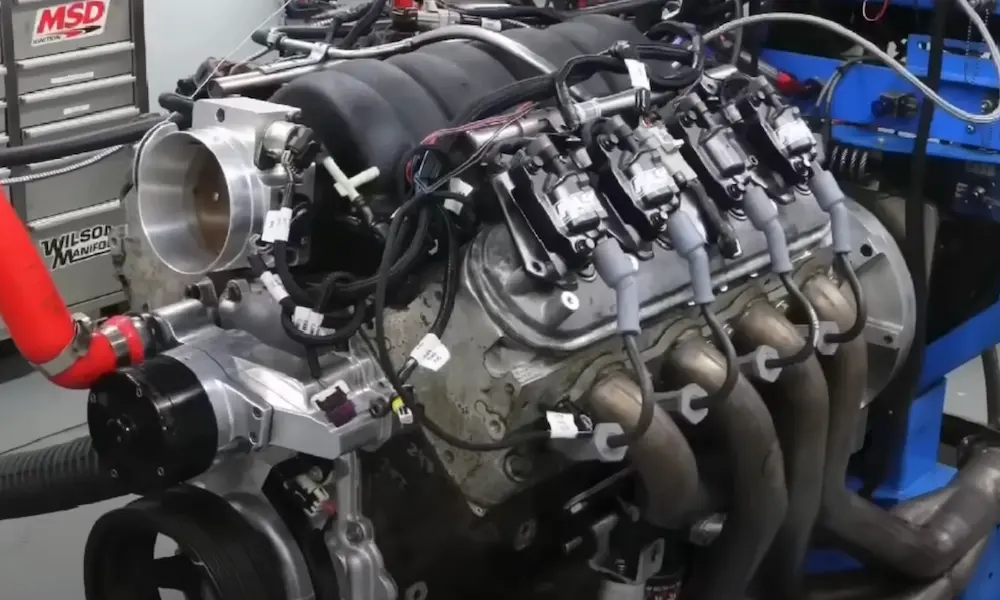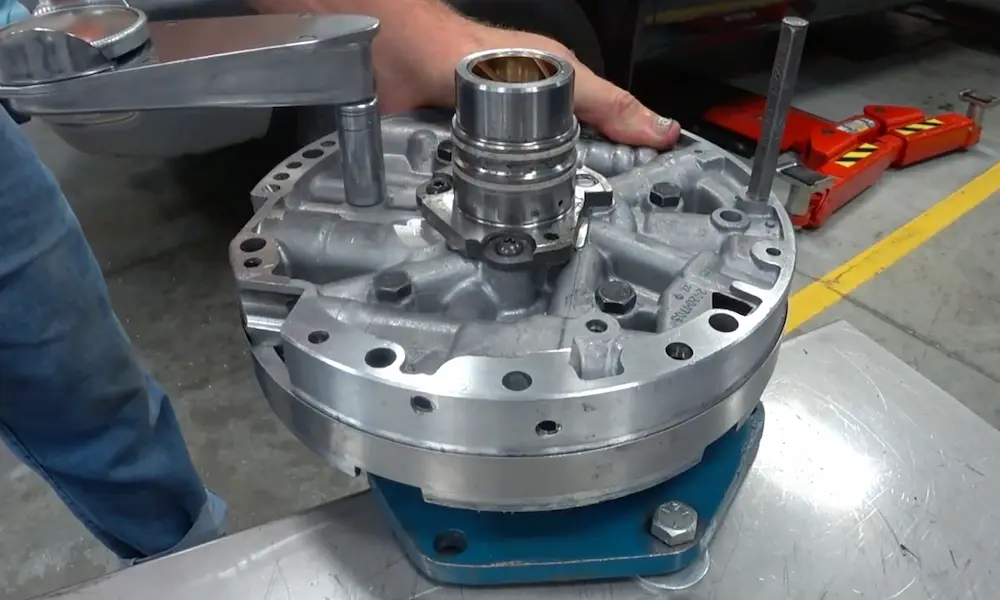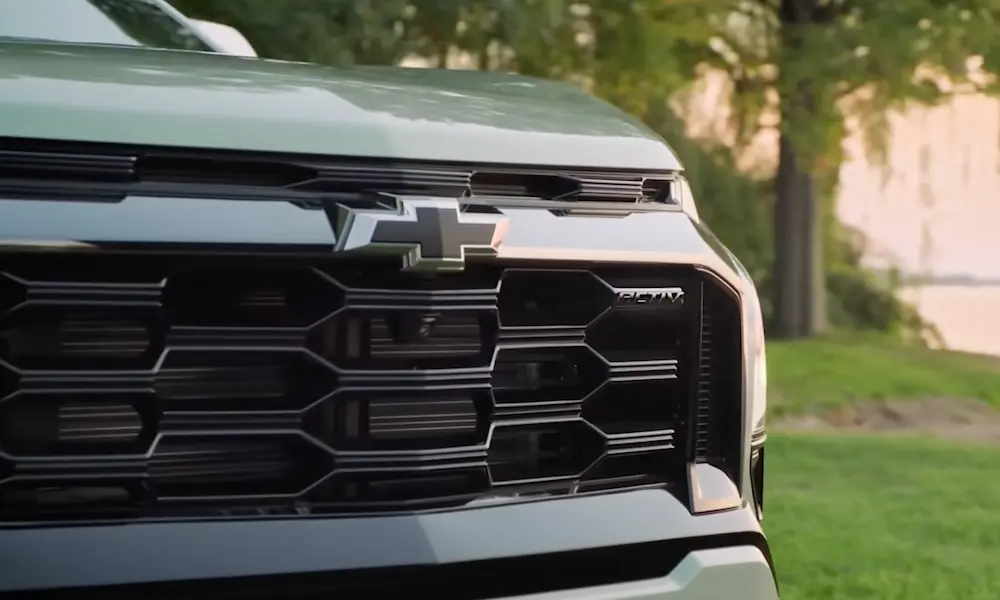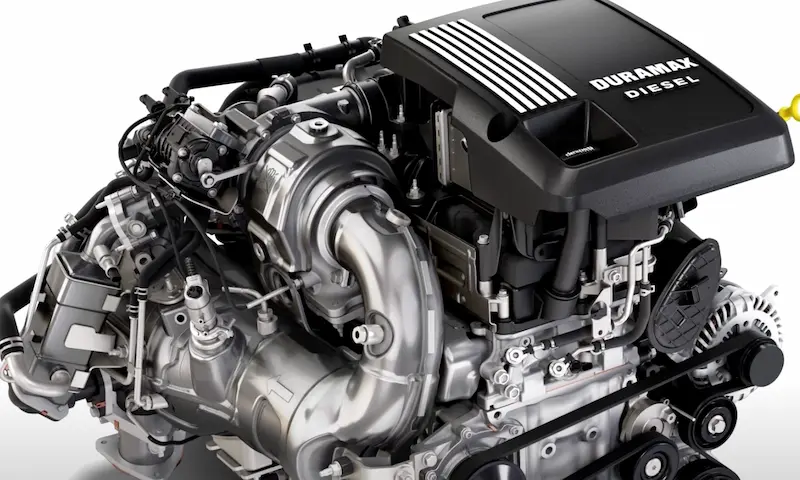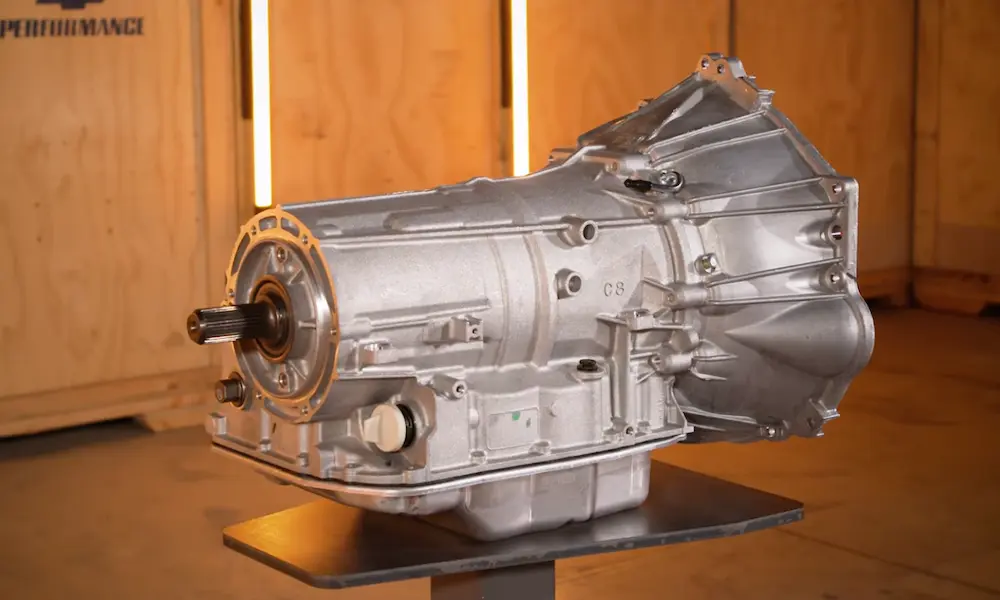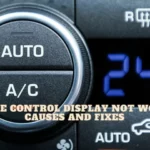After the production of the LT1 engine in 1977, Chevy introduced the LS1 engine, another small-block performance engine. The LS1 engine came out exactly in 1997. Both the LT1 and LS1 were an improvement on the existing 265 ci which had previously come out in 1955.
What is the engine’s firing order? Is it an upgrade on the older order and what benefits do auto owners and drivers get from the LSI engine? I’ll answer these and other related questions in this article. Let’s get started.
What is an LS1 engine Firing Order?
The firing order of a typical LS1 engine is 1-8-7-2-6-5-4-3. This LS1 firing order applies to Chevy 5.7L, Chevy 4.3L, Chevy 3.3L, and Chevy 3.8L. The firing order is connected to the engine’s cylinder number through the fold method numbering system. The automakers changed from the traditional 1-8-4-3-6-5-7-2 designed for the small-big-block firing arrangement of LT1. The reason for the change in the firing arrangement is to allow the use of a balanced 90o crankshaft.
There’s an issue with the old firing order, especially cylinders 5 and 7 which seat next to each other on the engine blocks and head. When the distributor fires cylinder 5, it creates a high pressure for cylinder 7. The consequence is that the engine reduces power, causing uneven wear and heating on the wrong side of the cylinder.
In an LS1 engine, the distributor is next fired after the first cylinder. The new firing arrangement of the new LS1 means that cylinders 4 and 7 are exchanged.
One thing to note about the LS1 is that its exhaust doesn’t produce quite the sound as its older generations of small blocks. The left bank of the cylinders is marked 1-3-5-7 while the right bank is numbered 2-4-6-8.
A vehicle engine fires effectively through the spark plugs. These spark plugs spark and push every cylinder either in a clockwise or counter-clockwise direction. LS vehicles need the firing order as it connects to the proper series in which internal cylinders are sparked to output power.
An LS firing order also comes in the form of a request to transfer power across the LS engine cylinders.
The LS1 is a combo of several features of the LS2 and LS6 families. This means that it boasts more torque and horsepower than its newer counterparts of the LS family. It ports and polishes the cylinder heads to produce large horsepower gains.
Why the New LS1 Firing order?
One of the reasons General motors changed the firing order is the incredible reduction in vibration. Plus, the new order allows the engines to cause an increase in the compression ratio without unnecessary restricted pre-detonation and overheating.
Another benefit of the 1-8-7-2-6-5-4-3 firing order of the LS1 is that the arrangement allows the engines to reverse the order of the C4 bleeding the air cooling system. Plus, it also enables the engine to move away from the ‘reverse flow’ of the C4. While this new firing order causes the LS1 vehicles to sound like a motorboat, it nonetheless, offers better stability when the engine is idling.
Can I change LS1 firing order?
Yes, your natural firing order of your is not fixed. You can ask your mechanic to change the design. The LS1 engine firing order is designed in a way that power is conveyed to various cylinders. The firing order of LS1 makes a great fair showing between banks. If you have the 1-8-7-2-6-5-4-3 firing order, you can re-design the sequence by changing it.
If you can get the new firing order of your LS1 engine right, the engine will vibrate less, output enough vibration and ensure idle stability. As a result, the engine will run smoothly, enhancing the driver and vehicle’s protection. Remember to engage the service of an expert auto technician.
LS1 vs LS2: Which is Better?
The question is not so much about which is better between LS1 and LS2; it is more about what features they each spot. Typically, the LS1 is an older design but boasts more torque and horsepower. LS2 was manufactured in 2005, unlike LS1 which was introduced as far back as 1997.
In terms of cost, LS2 is more expensive given that it is a new corvette engine. It is produced in smaller quantities, making it hard for Chevy lowers to find the engine in the market.
No doubt, the intake of the LS2 engine has a better performance rating than the LS1, even though they both flow well. The intake runners and openings in the LS2 are relatively larger than their LS1 counterparts. It transfers enough air enough to give off and maintain at least 400 horsepower.
The intake of the LS1 vehicle is designed for a 5.7L engine, making it capable to maintain 350 horsepower. On the other hand, the intake of the LS2 vehicle is intended to work on a 6.0L engine. However, the latest LS1 vehicle delivers more horsepower than a typical LS2 will.
What’s more, the LS1 has a lighter exhaust manifold. In fact, it is one-third lighter than the manifold of its LS2 counterparts. What it means is that LS1 produces an improved flow of exhaust thanks to its reduced wall thickness.
Final Thoughts
The LS1 firing order generally provides more advanced sounds for the engine and reinforces energy. Besides, the 1-8-7-2-6-5-4-3 firing order also improves forces and cooling, enabling the engine to run faster than it normally should.
The LS is a family of engines that have quite similar features and architectural designs. Generally, LS engines are small-block engines with multiple cylinder heads. They have eight cylinders to be exact (V8). They belong to the General Motors line of performance engines. The engine operates on one cross-plane driving rod that is divided equally by 90 degrees.



